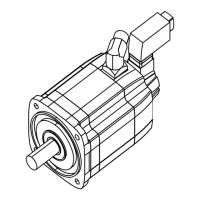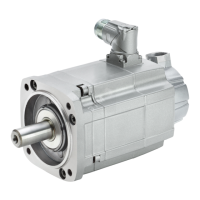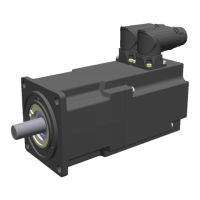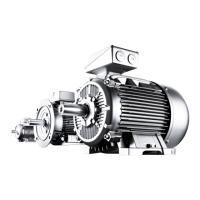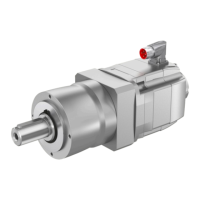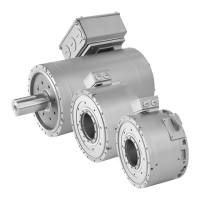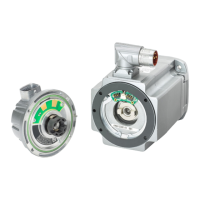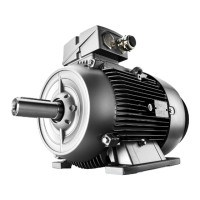Motor components
5.4 Gearbox
1FT7 Synchronous Motors
212 Configuration Manual, (PFT7S) 01/2009, 6SN1197-0AD13-0BP2
5.4 Gearbox
5.4.1 Dimensioning the gearbox
Overview
● The following influencing parameters should be taken into consideration:
– acceleration torque, permanent torque, number of cycles, cycle type, permissible input
speed, mounting position, torsional backlash, torsional stiffness, and radial and axial
forces.
– Worm gearboxes are only conditionally suitable for reversing operation with servo
applications.
● Technical data should be obtained from the catalogs of the gearbox manufacturers and
similar sources.
● If the gearbox oil is in contact with the motor flange, then suitable shaft and flange seals
must be selected.
Dimensioning for S3 duty
When engineering geared drive systems you can use the motor characteristic without
reduction. Please note the permissible maximum torque and the permissible gearbox input
speed.
M
Mot
= M
out
/ (i ∙ η
G
)
The motor and gearbox are assigned as follows: M
max, gear
≥ M
0 (100 K)
∙ i ∙ f
M
max, gear
Max. permissible drive torque
M
0 (100 K)
Motor static torque
i Gear ratio
f Supplementary factor f = f
1
∙ f
2
f
1
= 2 for motor accelerating torque
f
2
= 1 for ≤1000 gearbox switching cycles / h
f
2
> 1 for > 1000 switching cycles / h (refer to the gearbox catalog)
e.g.f
2
= 1.5 for 3000 switching cycles / h
f
2
= 1.8 for 5000 switching cycles / h
f
2
= 2.0 for 8000 switching cycles / h
NOTICE
Switching cycles can also be superimposed vibration! The supplementary factor (f
2
) is then
not sufficient when dimensioning the gearbox and gearboxes may fail.
The complete system should be optimized so that the higher-level vibration is minimized.
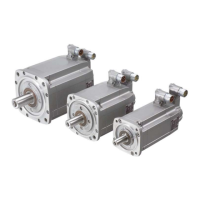
